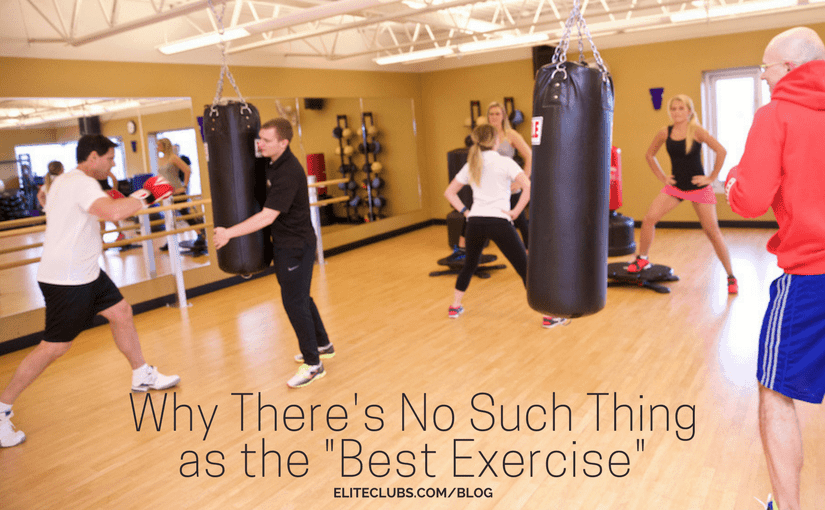
Last week we discussed the new and intriguing field of “nutrigenetics“, and how all of us, while we share a lot in common, do have individual differences in how our bodies respond to food, exercise, and other environmental factors. This week, I want to emphasize that in exercise, there’s no “one size fits all” solution. There is no one best exercise, there are lots of different types of cardio, weight lifting strategies, combination workouts and sports that people either naturally gravitate to, or find over time. As a trainer, I find that people come in with sets of issues, and it’s my job to navigate those to find not only the safest workout, but also the most palatable. And it needs to produce results! This can be a challenge, as you might imagine.
But taking this a step further, I’ll submit the following example. Recently I was at a party, and a guy I’ve known for years came up to me to show off his new physique (this does happen, by the way, to trainers at parties). He was convinced that the newest thing he had found was the “best” exercise—HIIT, or High Intensity Interval Training at a CrossFit gym. It’s “new,” he told me, and it’s the “best.” I said, “HIIT has been around for a long time, and it is very effective, given the right circumstances.”
Allow me to explain. Yes, working in intervals can be amazingly effective for weight management, increasing your cardiac capacity, and increasing your fitness level. Let me throw a wrench in this, though. A 50-year-old comes in with sore knees from the beginnings of arthritis, and hasn’t worked out in the last year because of it. Is HIIT the “best” workout for this person? NO! I can give you a hundred reasons why not, but let’s start with just a couple:
- This person’s knees already hurt. What will happen when you add impact driven exercise like jumping jacks, running, high knees, and jump squats to their routine from the start?
- They haven’t worked out for a year. What happens in the first interval, when their heart and lungs can’t keep up, and they throw up from the intense exertion?
My job is to make sure to balance out risk and safety, exercise efficiency and effectiveness, with the individual in front of me in mind. What happens when I provide a “one size fits all” approach in a class where I have an age range from 26-76?
Let’s look at it from another angle. There is a chair based yoga class, and the participants are all folks that have trouble getting onto the floor because of a variety of problems ranging from MS to Parkinson’s to knee replacements. For them, this is a great class, but what happens when a healthy 25 year old comes to that class? Is this the “best” class for her? Probably not. Even in my classes that I teach for multi-levels, it’s challenging to provide enough alternatives for the wide variety of participants.
So, when you read an article about the “best” exercise, remember that’s the best exercise for a small proportion of the population (of which you may be a part). Try lots of different types of exercise to see what works best for you. Go in with an open mind, and you will come out with a fitter you!
Set up a Free Fitness Consultation
Written by Melissa Abramovich, ACE CPT, NASM CGT, AAHFRP Medical Exercise Specialist at Elite Sports Club-River Glen
Melissa Abramovich went into Personal Training and Group Exercise instruction after successfully losing 140 pounds through healthy diet and exercise. Her desire to help others drove her forward into a career helping others to make healthier choices. She is an ACE certified personal trainer and now also a Medical Exercise Specialist (AAHFRP), helping clients with a myriad of health issues at Elite Sports Clubs. She holds a Bachelor’s degree, and many group exercise related certifications as well.